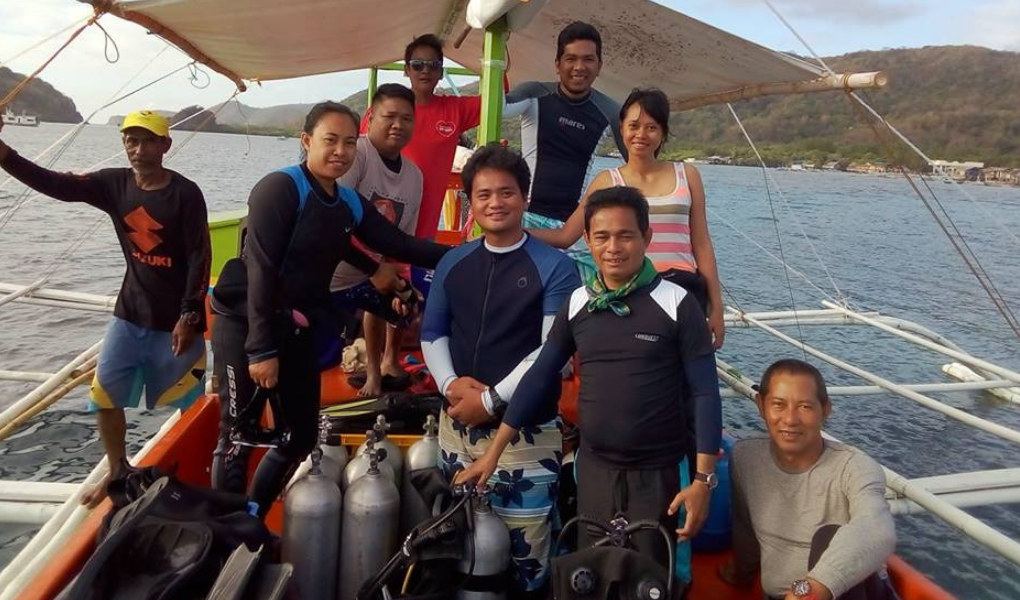LINAPACAN, Palawan – The Local Government Unit of Linapacan, Malampaya Foundation Incorporated and the Haribon Palawan joined together to combat the outbreak of harmful and dangerous crown-of-thorns starfish in the island municipality, which greatly affected the lives of the local residents.
The outbreak of the coral-eating crown-of-thorns starfish (Acanthaster plancii) hit Linapacan inside the 600-hectare marine protected area (MPA) in Barangay San Miguel (Poblacion) and was discovered last year.
But the number of this species rises from hundreds to thousand individuals this year hampering the Local Government Unit efforts to control the spread of the coral-killing marine animal.

The Local Government Unit of Linapacan and the Malampaya Foundation Incorporated (MFI) confirmed that they have been working out how to deal with the outbreak since last week of February where the local fisher folks volunteered to collect 8,000 individuals.
Malampaya Foundation Environment Coordinator for Linapacan, Ben Herrera said that they are monitoring crews regularly as they visit the marine sanctuary to assess the problem in early January of this year.
On February 15 – 17 of this year, another collection of crown-of-thorn starfish species collection activities were conducted where MFI invited Haribon Palawan, and El Nido divers volunteered to collect 1,400 individuals and were able to inject a total of 650 live COTs.

Haribon Palawan observed that there are still a lot left to be injected. The injection of COTs varies a concentration of more or less 3 to 4 pH units of Datu Puti Vinegar liquid as the effective way to eliminate outbreak of large female species capable of producing thousands of eggs over the spawning season of November to February.

The impacts of ocean acidification and warming may be exacerbated by COT’s predation, but it is not known how this major predator will fare in a changing seawater temperature because larval success is a key driver of population outbreaks.
Last year, the presence of crown-of-thorns starfish contribute to the major decline of coral reef ecosystems throughout Palawan island waters including bleaching events. As the oceans warm and decrease in pH due to increased anthropogenic CO2 production, coral reefs are susceptible to bleaching, disease and reduced calcification.

The COT belong to marine invertebrates under Phylum Echinodermata (Echinoderms) and is native to the reef, but when numbers explode, the results can be devastating, as thousands of the creatures munch their way through the coral.
All photos courtesy of Inocencio Magallanes.




















Discussion about this post